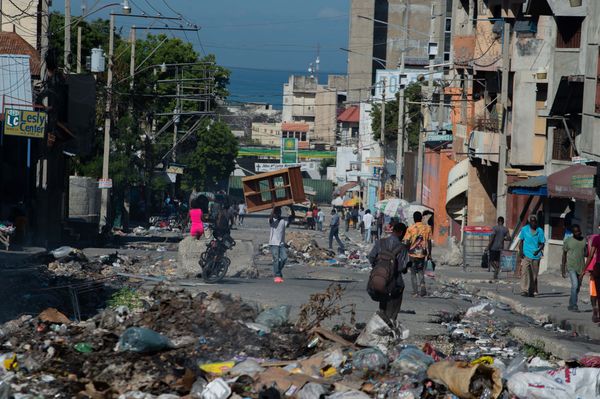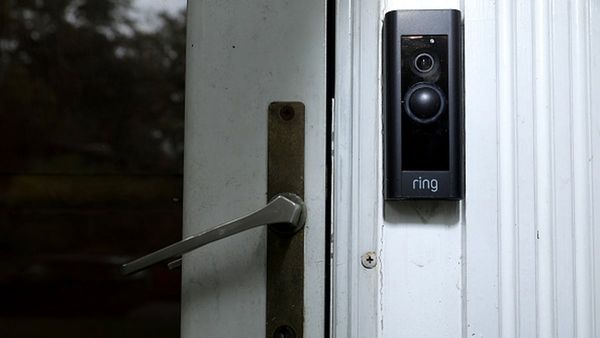An initial analysis of the cockpit voice recorder recovered from the Air India flight that crashed last month reveals that the younger co-pilot asked the captain why he had turned off the plane’s fuel-supply switches, according to a US media report.
First officer Clive Kunder had the controls of the Boeing 787 Dreamliner for take-off and at the time of the crash moments later outside Ahmedabad airport, according to a new report from the Wall Street Journal citing sources in the investigation, and it was he who asked flight captain Sumeet Sabharwal why he had flipped the switches, starving the engines of fuel.
It represents a potentially important new detail, emerging several days after a preliminary official report in the crash revealed only that the brief interaction had taken place, without naming who said what or quoting them directly.
Air India Flight 171 crashed into a medical college less than a minute after take-off from Ahmedabad in western India heading for London Gatwick, killing 241 people on board and another 19 on the ground. Only one passenger survived the crash.
The preliminary report, issued a month after the crash in line with international regulations, has sparked controversy with a pilots’ association accusing it of trying to place the blame on Sabharwal and Kunder without conclusive evidence.
The Federation of Indian Pilots (FIP) on Thursday said the 15-page report released lacks comprehensive data and appears to rely selectively on paraphrased cockpit voice recordings to suggest pilot error and question the professional competence and integrity of the flight crew.

“Assigning blame before a thorough, transparent and data-driven investigation is both premature and irresponsible. Such speculative commentary undermines the professionalism of highly trained crew members causes undue distress to their families and colleagues,” it added.
The Journal did not say if there was any evidence that Sabharwal did move the switches, beyond the verbal exchange it cited.
But it quoted US pilots who have read the Indian authorities’ report as saying that Kunder, the pilot actively flying, likely would have had his hands full pulling back on the Dreamliner’s controls at that stage of the flight.
India's Air Accident Investigation Bureau’s (AAIB) preliminary report said the fuel switches both switched from “run” to “cutoff”, one second apart from each other, just after takeoff. It does not say how this occurred.

It said an analysis of CCTV footage shows the plane’s backup engine, known as the RAM air turbine, deployed almost immediately after the plane lifted off the ground, indicating a loss of power from the engines.
The London-bound plane began to lose thrust, and after reaching a height of 650 feet, the jet started to sink.
The fuel switches for both engines were turned back to run, and the airplane automatically tried restarting its engines, the report said.
The incident has also rekindled debate over whether planes should have video cameras in the cockpit, a demand that pilots have pushed back against.
Aviation safety expert John Nance said investigators likely would have benefited greatly from having video footage of the cockpit during the Air India flight.
Supporters of cockpit video cameras say they can help fill gaps left by audio and data recorders, while critics argue that privacy concerns and potential misuse outweigh the limited investigative benefits.
‘Did not bring my daughters to die’: Russian mother defends decision to live in cave
Who were the pilots of doomed Air India flight?
Trump’s sanctions on Russia would be ‘extremely painful’ for US, warn experts
India appeals to Bangladesh to stop demolition of Oscar-winning director’s home
Woman and her daughters found living ‘peaceful life’ inside cave
Would cockpit video recorders help plane crash investigators? Experts are divided







